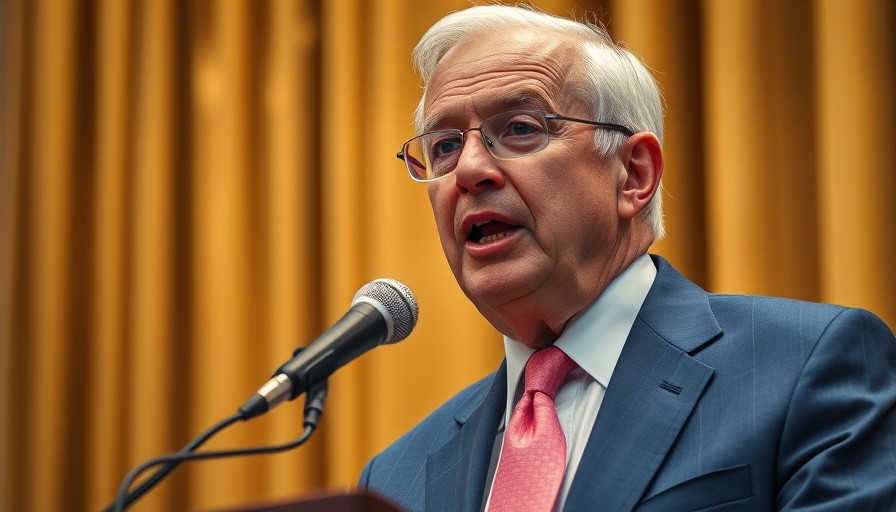
Trump's Steep New Tariffs: What You Need to Know
On April 9, 2025, President Donald Trump implemented a new wave of significant tariffs affecting imports from numerous countries worldwide. This initiative, known as reciprocal tariffs, will impact 86 countries, imposing higher fees that range from 11% to a staggering 84%. Among the most affected is China, facing a total tariff rate of 104% on its exports to the U.S. This includes a previously enforced 20% duty, an additional 34% tariff, and a surprising last-minute 50% increase that was signed into effect just hours before.
The Implications on American Consumers and Businesses
For the average taxpayer, the ramifications of these tariffs may lead to higher costs on goods imported from affected nations. This could spiral into a more significant financial burden as businesses might pass on the additional expenses to consumers. The tariffs are expected to affect a broad range of products, making everyday items more expensive. Moreover, American businesses that rely on imports face difficult decisions about how to manage the increased costs without sacrificing profitability.
The Response from Affected Nations
The Chinese government has vocally protested these escalated tariffs, labeling the move as a series of mistakes. China’s Commerce Ministry declared, “China will never accept it. If the U.S. insists on its own way, China will fight to the end.” This response highlights the potential for escalating trade tensions and how they could further destabilize global markets.
Understanding the Broader Economic Landscape
The implementation of these tariffs is part of a broader trade strategy aimed at reshaping international commerce. It's crucial for American taxpayers and business owners to monitor these developments closely. Tariff surges can alter market dynamics at a rapid pace, impacting everything from the prices of imported goods to the viability of certain business sectors.
Take Action: Smart Tax Planning Strategies
In light of potential increases in the cost of living due to these tariffs, consider revisiting your tax strategies. As products become more expensive, finding ways to lower your taxes through deductions, including small business tax deductions, becomes essential. Be savvy with your tax planning to navigate these uncertain waters effectively and alleviate some of the financial pressure caused by rising prices.
A holistic approach towards tax planning can empower you to make informed decisions that counterbalance rising costs, ensuring that you are financially equipped to handle the evolving economic landscape. Stay proactive about your tax situation so you can adapt and respond appropriately as changes unfold.
 Add Row
Add Row  Add
Add 




Write A Comment